Results for "Shorelines: Life and Science at the Smithsonian Environmental Research Center (Blog)"
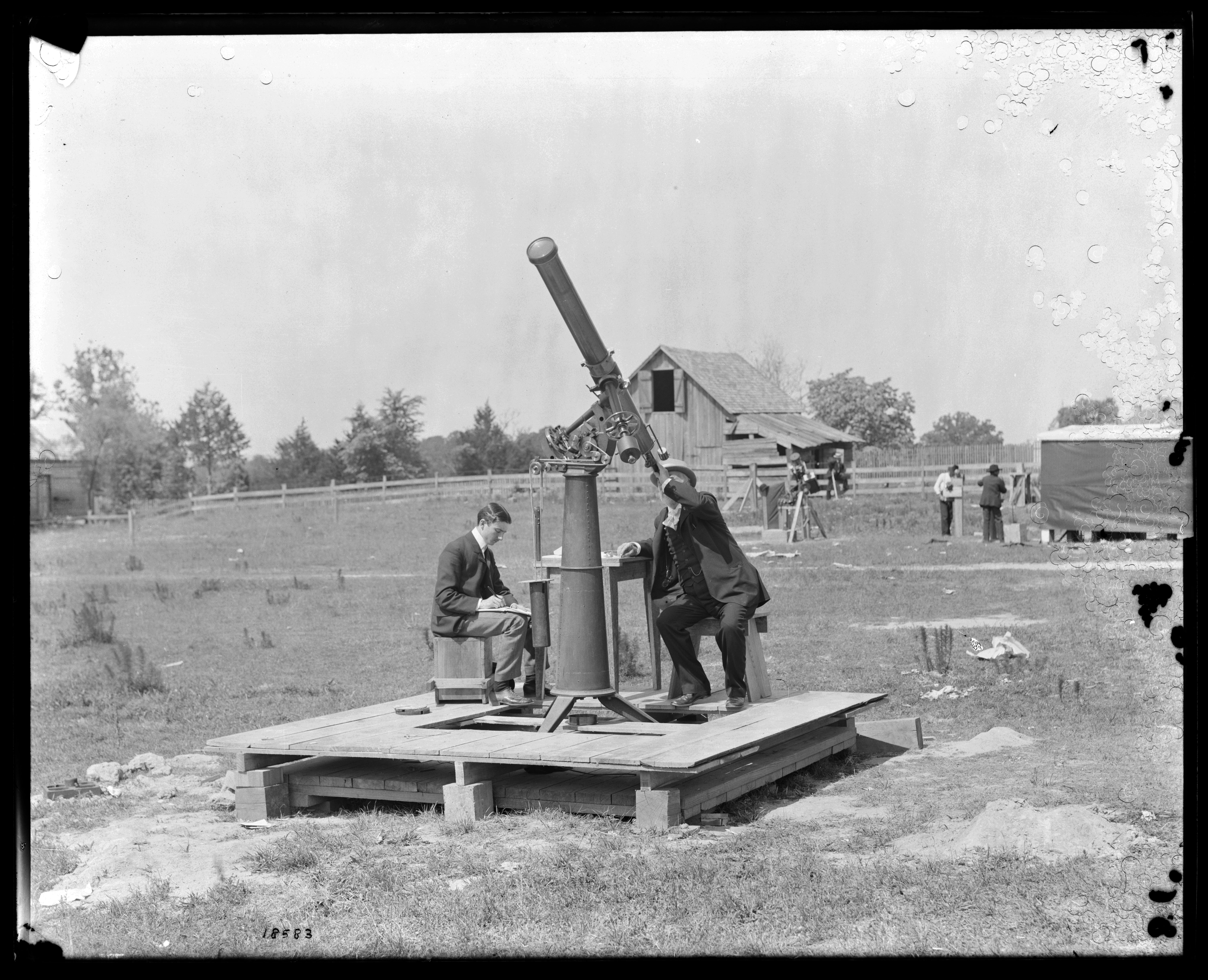
2017 Top Blog Posts
- Date: December 19, 2017
- Creator: Effie Kapsalis
- Description: It's interesting to look back and see what resonated with you, our readers, this past year. Clearly, we along with many of you were fascinated by the solar eclipse of 2017 that was viewable from many parts of the U.S. Three of the top 10 were about solar eclipses. You also were captivated by our efforts to bring more attention to women in science. Three of the posts have to do

Link Love: 5/15/2015
- Date: May 15, 2015
- Creator: Mitch Toda
- Description: Link Love: a weekly blog feature with links to interesting videos and stories regarding archival issues, the Smithsonian, and history.
- Blog Post
Fame ... By Any Other Name
- Date: March 20, 2012
- Creator: Marcel Chotkowski LaFollette
- Description: How social media has changed the ways that scientists, particularly women, can achieve fame in their respective fields.
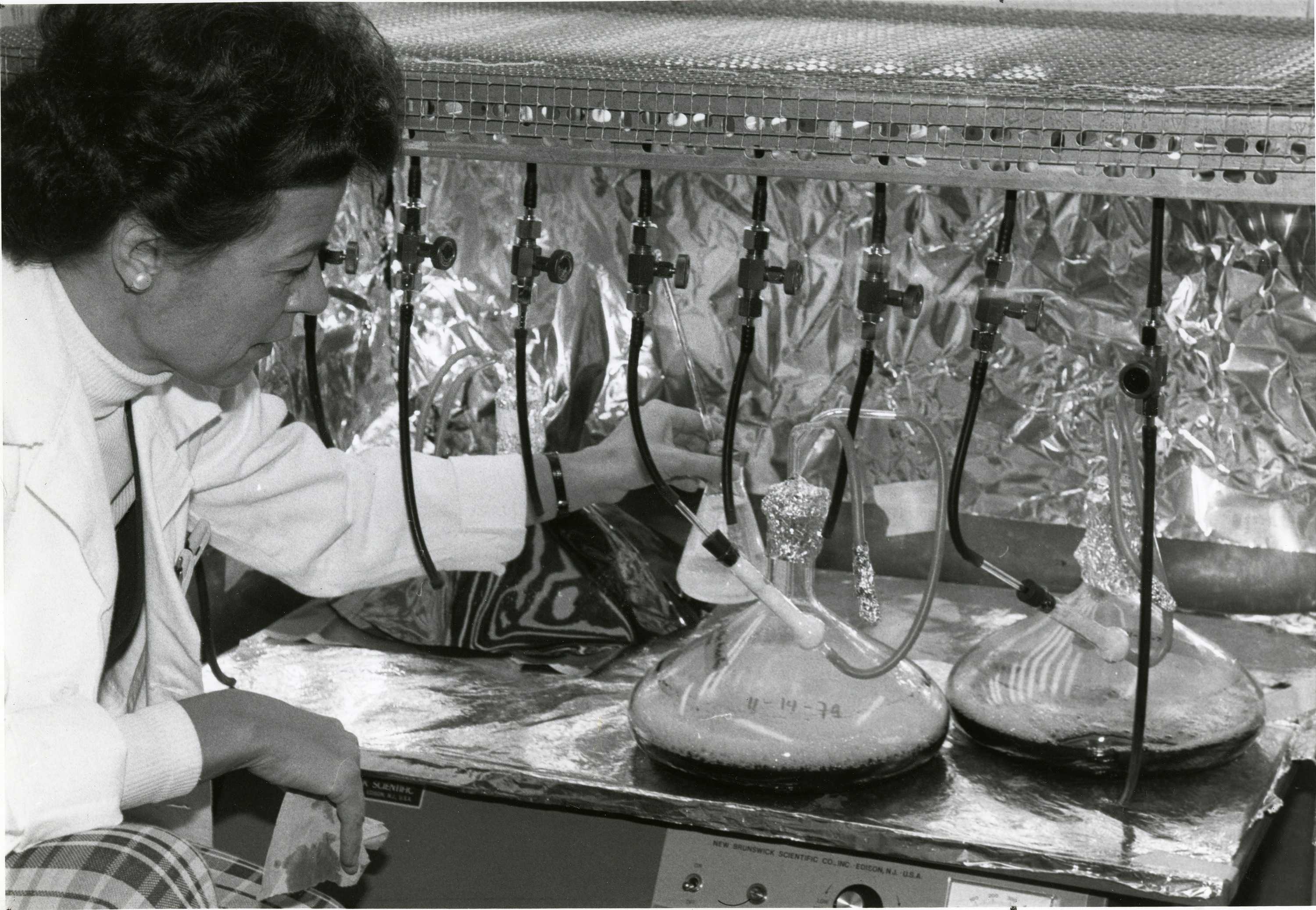
Establishment of the Smithsonian Radiation Biology Laboratory
- Date: February 16, 2021
- Creator: Jessica Scott
- Description: On this day in 1965, the Smithsonian Radiation Biology Laboratory became an independent research entity at the Smithsonian Institution.
- Blog Post
Earth Day
- Date: April 19, 2012
- Creator: Mitch Toda
- Description: In September 1989 the Smithsonian sponsored a discussion between scientists and journalists about how the media can responsibly report on environmental issues.
- Blog Post
Documenting the Smithsonian’s Pandemic Response
- Date: March 16, 2021
- Creator: Jennifer Wright
- Description: While teleworking for the last year, the Archives has been busy capturing web content that documents the Smithsonian’s response to the COVID-19 pandemic.
- Blog Post
Smithsonian Scientists at Work
- Date: April 20, 2017
- Description: [view:sia_slideshow==75408]Scientific research has been integral to the Smithsonian, from its founding to today. The Smithsonian's founder, Englishman James Smithson, saw in the U.S. (according to his biographer, Heather Ewing) "a place of the future" that could support "science and progress for humanity." He believed that scientists were "citizens of the world" and that the

Science Conversations in the Shenandoah
- Date: September 6, 2018
- Creator: Mitch Toda
- Description: In February 1975, twenty Smithsonian scientists gathered at the National Zoo's Conservation Research Center in Front Royal, Virginia to talk about their research and the future of science at the Smithsonian.
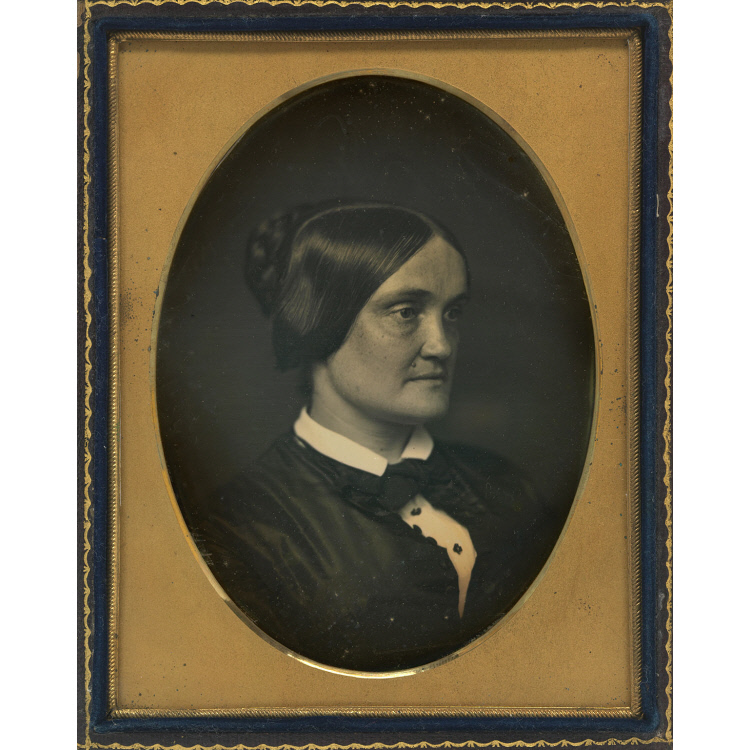
Hot Topix in Archival Research, Spring 2018
- Date: May 22, 2018
- Creator: Deborah Shapiro
- Description: This is the latest post in our "Hot Topix" series. In each quarterly edition we show you what the reference team has been up to, and bring you some of the more notable inuqires we have received.Vicarious research is one of the great joys of the reference desk at the Smithsonian Institution Archives. From our front-row (well, only-row) seat outside the reading room, we catch
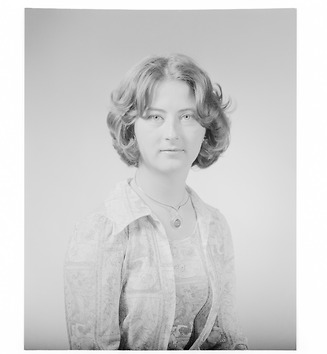
Wonderful Women Wednesday: Marsha E. Sitnik
- Date: June 1, 2022
- Creator: Emily Niekrasz
- Description: Each week, the Archives features a woman who has been a groundbreaker at the Smithsonian, past or present, in a series titled Wonderful Women Wednesday.
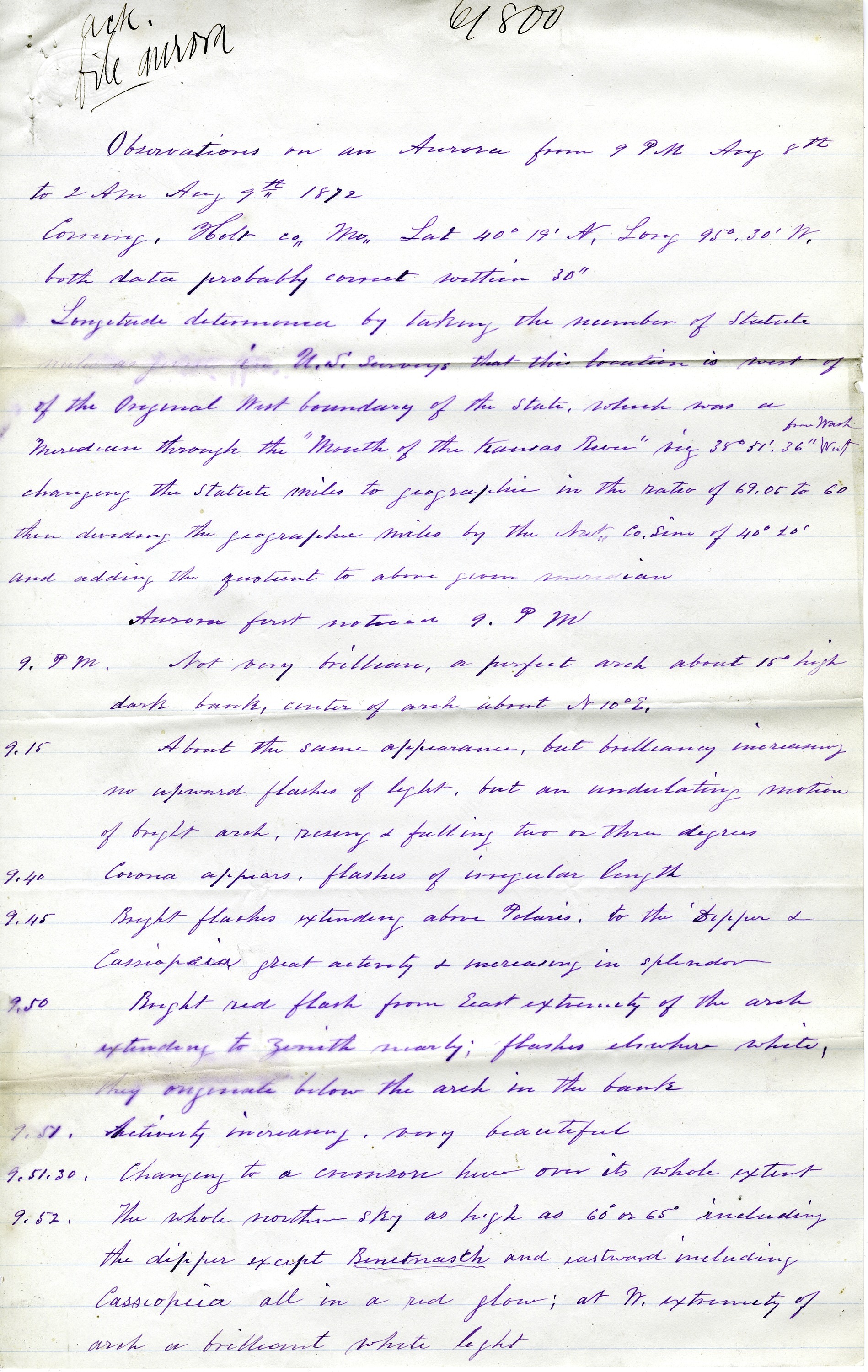
The Increase and Diffusion of Data
- Date: October 19, 2021
- Description: Research has been at the core of Smithsonian’s mission from the beginning, and sharing that research—through activities like publishing papers and data—is still key to fulfilling that mission for the “increase and diffusion of knowledge.”
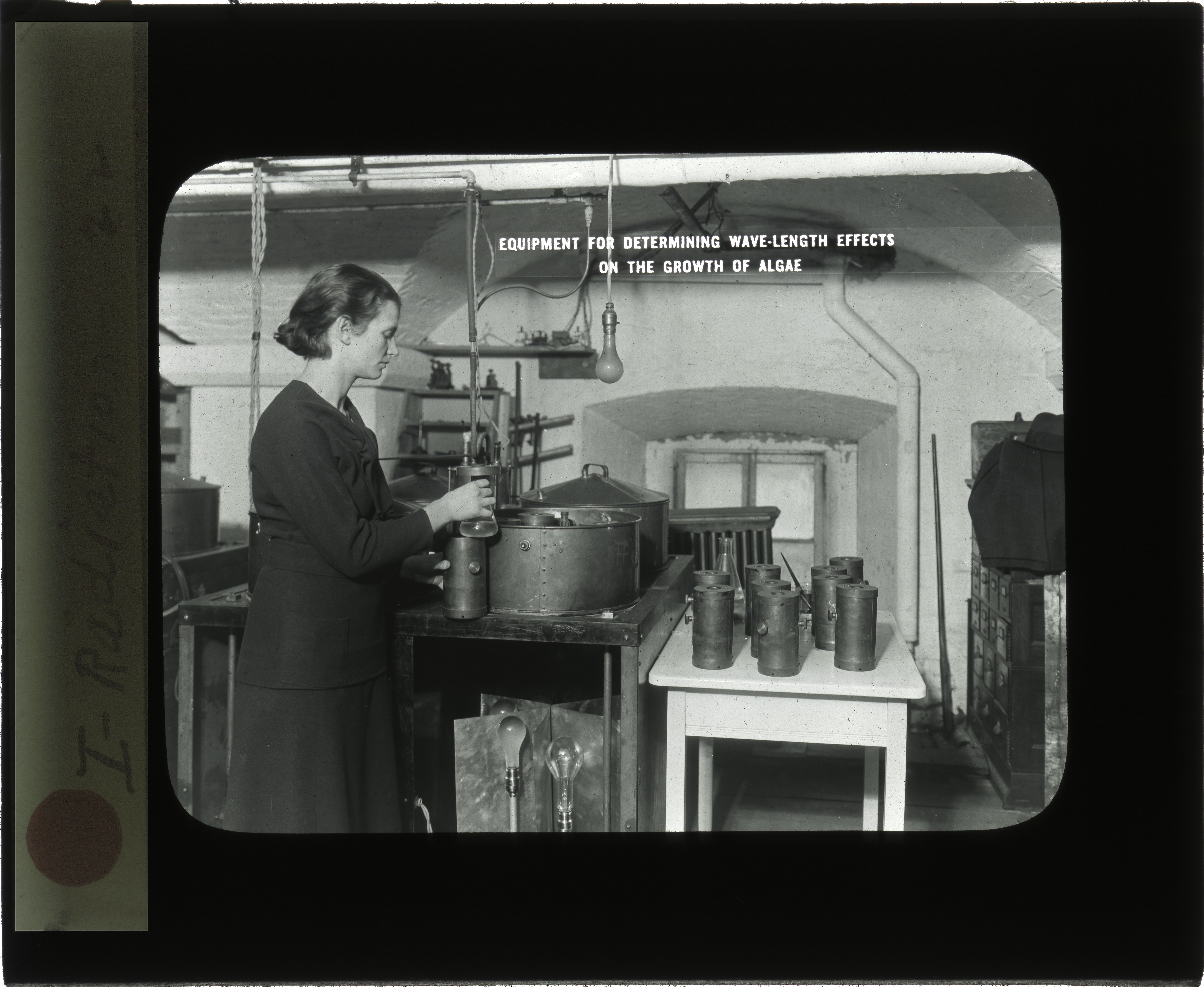
Smithsonian Women in Science
- Date: September 17, 2019
- Creator: Dr. Elizabeth Harmon
- Description: Learn how we’re creating a better record of women in science at the Smithsonian.
